
2024-25 Seed Grant Awards
CRESCENT Seed Grant Program

CRESCENT’s scientific needs are significant, and the ambitious work proposed could never be addressed by CRESCENT researchers alone. The CRESCENT Seed Grant Program was established to help achieve those aspirational goals by creating an opportunity to distribute CRESCENT resources to the broader community. The CRESCENT Seed Grant Program has the dual goals of broadening community participation and increasing the breadth of scientific investigations related to the center’s goals. The center invited the community to participate through a proposal call to address key scientific challenges identified through CRESCENT’s three major pillars:
- Science
- Geoscience Education and Inclusion
- Partnerships and Applications
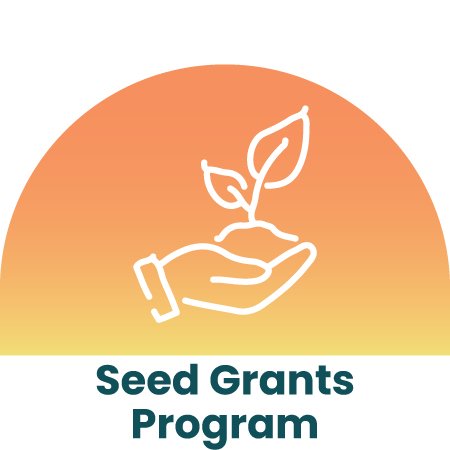
Funded Seed Grants
2024-25 Awardees

This year we had 33 seed grant applicants of which 11 were funded.
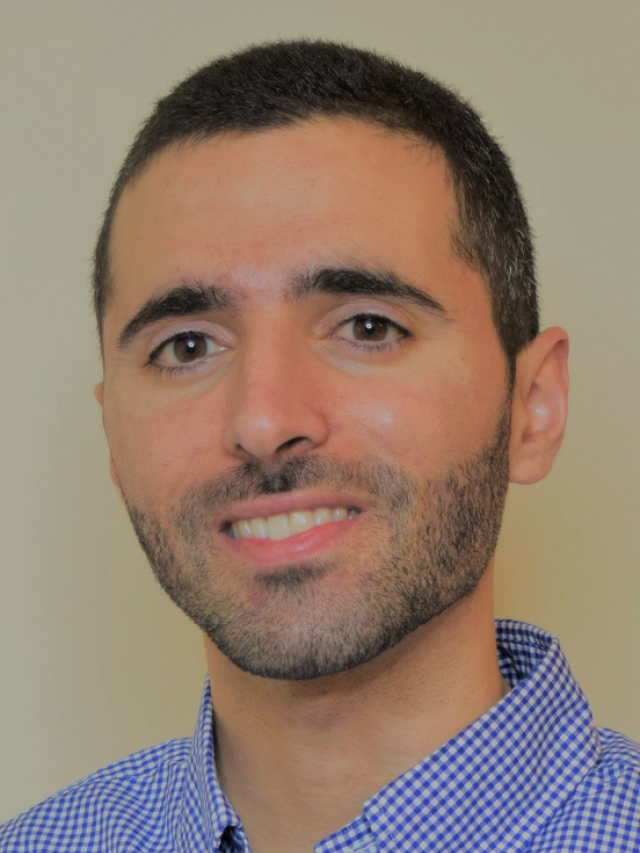
Patrick Bassal
Assistant Professor
The Ohio State University
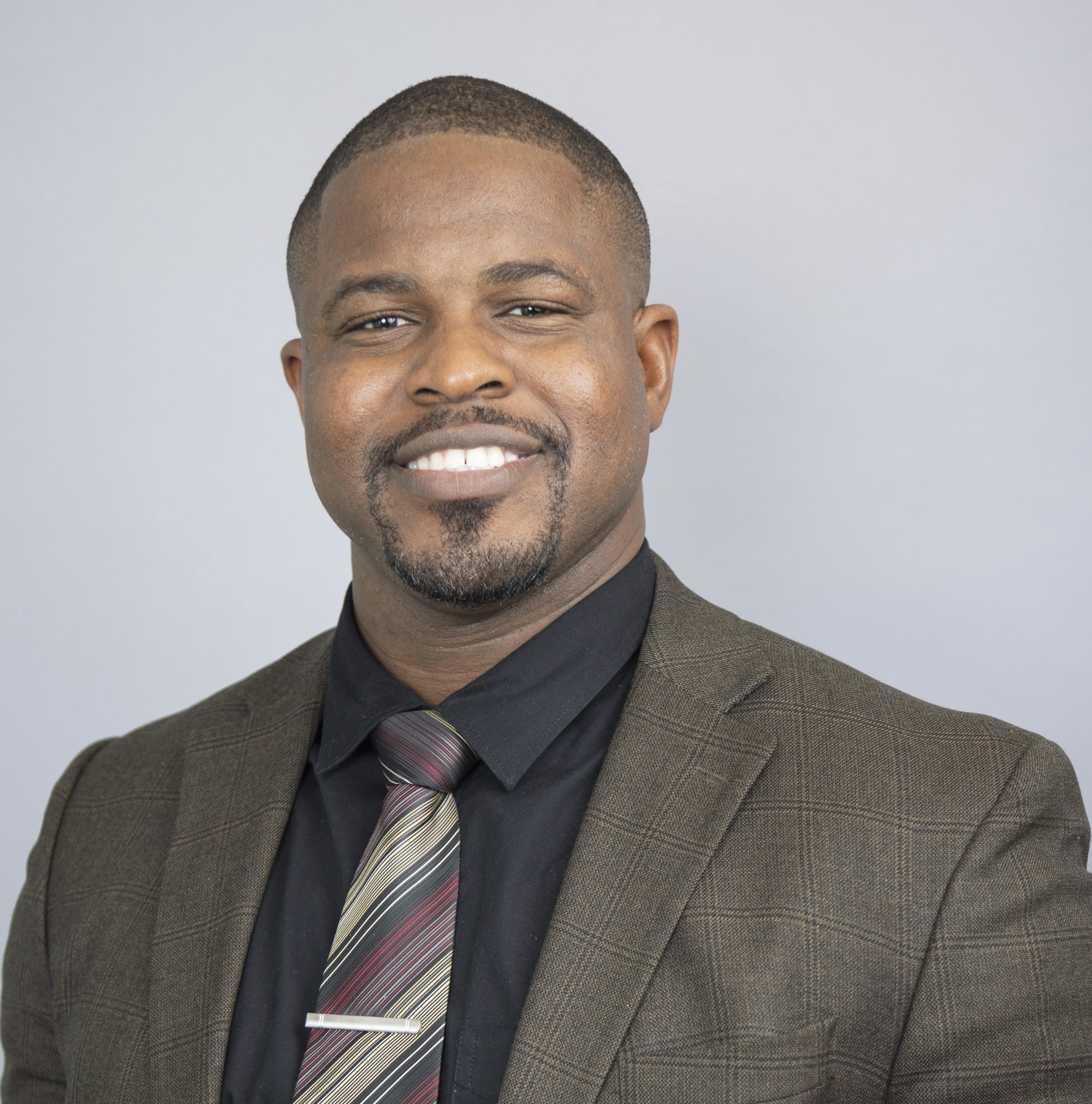
Chukwuebuka Nweke
Assistant Professor
University of Southern California
Nonlinear Dynamic Analyses of 2001 Nisqually Ground Failures to Validate Ground Motion Simulations

Patrick Bassal, Assistant Professor at The Ohio State University; Chukwuebuka Nweke, Assistant Professor at University of Southern California
This study evaluates how well current ground motion simulations, when integrated with models of nonlinear near-surface soil behavior, can replicate ground failures from the 2001 Nisqually earthquake using a dataset from 24 geotechnically characterized sites. The results aim to improve understanding of dynamic ground failure processes and support validation of future Community Velocity Model updates for soft soil regions in the Cascadia Region and beyond.
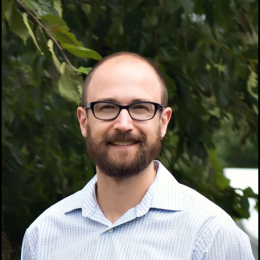
Adam Booth
Assistant Professor
Portland State University
Constraining paleoearthquake characteristics from landslide geomorphology for the crustal Gales Creek Fault, Oregon

Adam Booth, Associate Professor at Portland State University
Collaborators: Ashley Streig, Associate Professor, Portland State University; Obinna Ozioko, Graduate Research Assistant, Portland State University
This project uses the geomorphic record of landslides to better understand the magnitude and landscape impacts of the most recent earthquake on the Gales Creek Fault in western Oregon. By identifying and analyzing likely coseismic landslides, the study will estimate paleoearthquake characteristics and complement traditional paleoseismic methods to improve hazard assessments for future events.
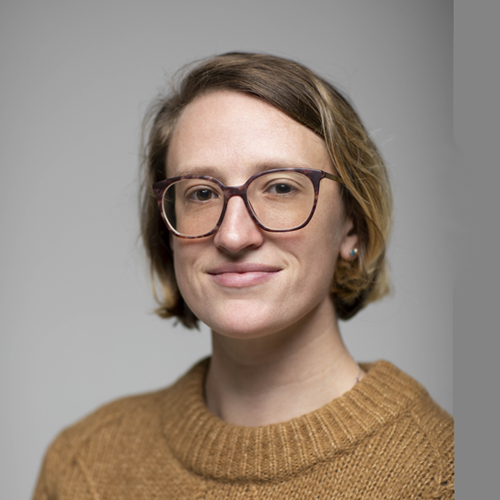
Cailey Condit
Associate Professor
University of Washington
Improving Offshore 3D Splay Fault Geometries and Slip Histories using Seismic Data Reprocessing and Structural Modeling

Cailey Condit, Assistant Professor at University of Washington
Collaborators: Anna Ledeczi, Graduate Research Assistant, University of Washington
This project aims to refine our understanding of offshore fault geometries and slip rates in the Cascadia subduction zone by reprocessing seismic reflection data from the CASIE21 and 2019 USGS surveys to improve resolution from the near surface to depth. The resulting models will enhance the CRESCENT Community Fault Model and inform future earthquake and tsunami simulations by providing critical inputs on fault structure, slip rates, and displacements.
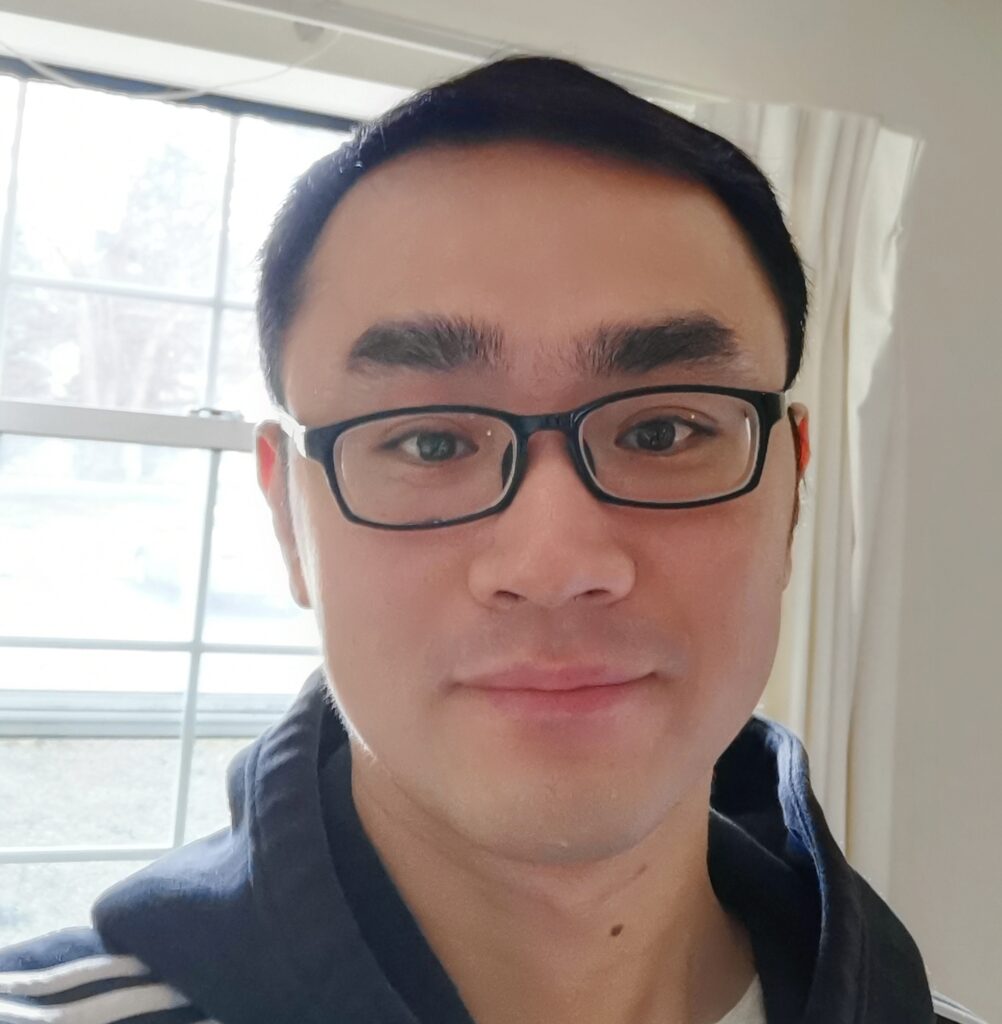
Hao Guo
Scientist II
University of Wisconsin Madison
Developing 3D P-Wave and S-Wave Seismic Attenuation Models for the Mendocino Triple Junction Region Using Double-Difference Attenuation Tomography with Onshore and Offshore Data

Hao Guo, Scientist II at University of Wisconsin-Madison
This project aims to develop high-resolution 3D P-wave and S-wave seismic attenuation models for the seismically active Mendocino Triple Junction region using local earthquake data and the advanced double-difference attenuation tomography method. The resulting models will improve ground motion simulations and enhance understanding of subsurface properties and fluid distribution near the Cascadia megathrust.

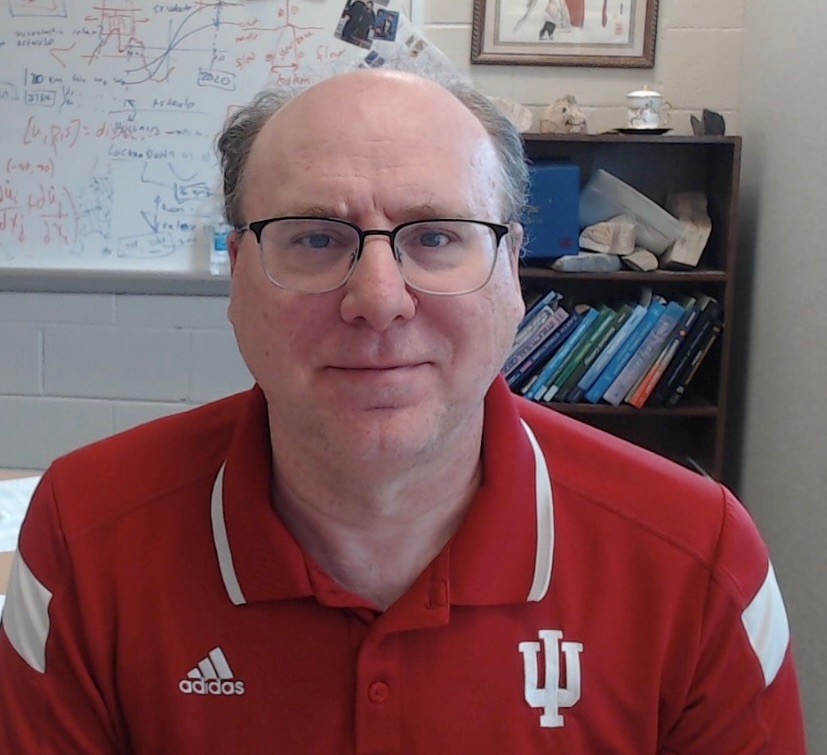
Kaj Johnson
Professor
Indiana University
Towards Linking Coseismic Slip to Interseismic Coupling at Cascadia

Kaj Johnson, Professor at Indiana University
This project is supported by graduate research assistant Durga Acharya at Indiana University and postdoctoral scholar Elizabeth Sherrill at GEOMAR, Kiel, Germany.
This project aims to better constrain the down-dip limit of coseismic slip for the 1700 Cascadia earthquake by modeling both coseismic and early postseismic deformation to match subsidence records derived from foraminifera data. By accounting for delayed ecological responses, the study will refine slip estimates and improve the connection between interseismic coupling and megathrust earthquake behavior.

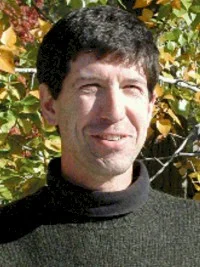
Lee Liberty
Research Professor
Boise State University
Seismic imaging of the Portland Hills fault through downtown Portland

Lee Liberty, Research Professor at Boise State University
This project proposes collecting ~6 miles of new seismic data using a hand streamer system to investigate the slip history of the Portland Hills fault, which lies beneath the densely populated Portland, Oregon urban corridor. The results will improve understanding of this shallow, Quaternary-active fault and inform ground motion and damage estimates for a region of over three million residents.
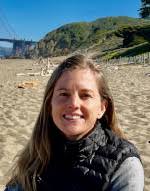
Elizabeth Madden
Assistant Professor
San Jose State University
Energy budget analyses of scenario earthquake ruptures at Cascadia

Elizabeth Madden, Assistant Professor at San Jose State University
This project develops physics-based dynamic rupture models of potential Cascadia megathrust earthquakes to quantify energy partitioning and improve understanding of seismic behavior along the subduction zone. By comparing these results with data from the 2004 Sumatra earthquake, the study aims to advance knowledge of megathrust energy budgets across different regions and support geoscience workforce training.

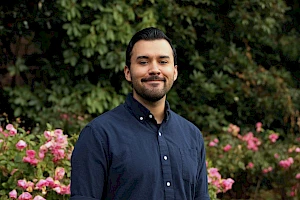
Richard Parra
Assistant Director of Rural and Tribal Partnerships
University of Washington
The Cascadia Culture & geoScience Exchange Program: Building Community Resilience to Cascadia Geohazards through Collective Impact in K-12 Education

Richard Parra, Assistant Director of Rural and Tribal Partnerships at University of Washington
This project is supported by graduate students Julia Grossman and Madeline Lucas at University of Washington.
The Cascadia Culture & geoScience Exchange (CCASE) Program enhances coastal resilience to Cascadia geohazards and increases Native American representation in Earth Science by integrating Indigenous knowledge into STEM education and building partnerships across the Pacific Northwest. This year, CCASE aims to expand its impact through new collaborations with community colleges, state agencies, and tribal communities, while continuing to empower Indigenous youth through hands-on learning and pathways to STEM careers.
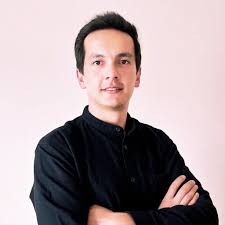
Erick Velasco Reyes
Postdoctoral Scholar
Oregon State University
Tsunami Morphodynamics and Their Role in Hazard, Risk and Resilience Modulation and Environmental Impact in Newport

Erick Velasco Reyes, Postdoctoral Scholar at Oregon State University
Collaborators: Daniel Cox and Andre Barbosa, Professors, Oregon State University
This study proposes using advanced modeling of tsunami-induced sediment transport and morphological change to better assess tsunami impacts on Newport’s complex coastal environments. By integrating dynamic processes into simulations, the research aims to improve hazard maps and resilience strategies, addressing key gaps in current tsunami risk assessments.
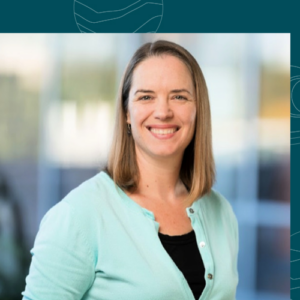
Ashley Streig
Associate Professor
Portland State University
Refining the Cascadia Earthquake Record at Netarts Bay, OR with Ghost Forest Dendrochronology, Wiggle-matching and New Statistical Age Models

Ashley Streig, Associate Professor at Portland State University
This project is supported by undergraduate research assistant Marge Belcastro at Portland State University.
This project aims to improve the timing of past Cascadia Subduction Zone earthquakes by using high-precision dendrochronology on ghost forest trees preserved in riverbank stratigraphy. Building on successful work at Netarts Bay, the study will collect and analyze tree slabs to refine earthquake age models and enhance the resolution of paleoseismic records.

Yujie Zheng
Assistant Professor
University of Texas at Dallas
Precise Localization and Measurement of Slow Slip Events in Central Cascadia with InSAR

Yujie Zheng, Assistant Professor at University of Texas at Dallas
This project is supported by graduate research assistant Eshanta Mishra at University of Texas at Dallas.
This project aims to improve earthquake hazard assessments in Central Cascadia by using InSAR data to map slow slip events (SSEs) with greater spatial resolution than traditional GNSS networks. By analyzing surface deformation from satellites like Sentinel-1 and ALOS-2, the study will isolate SSE signals, localize subsurface slip, and evaluate their influence on seismic hazard.

